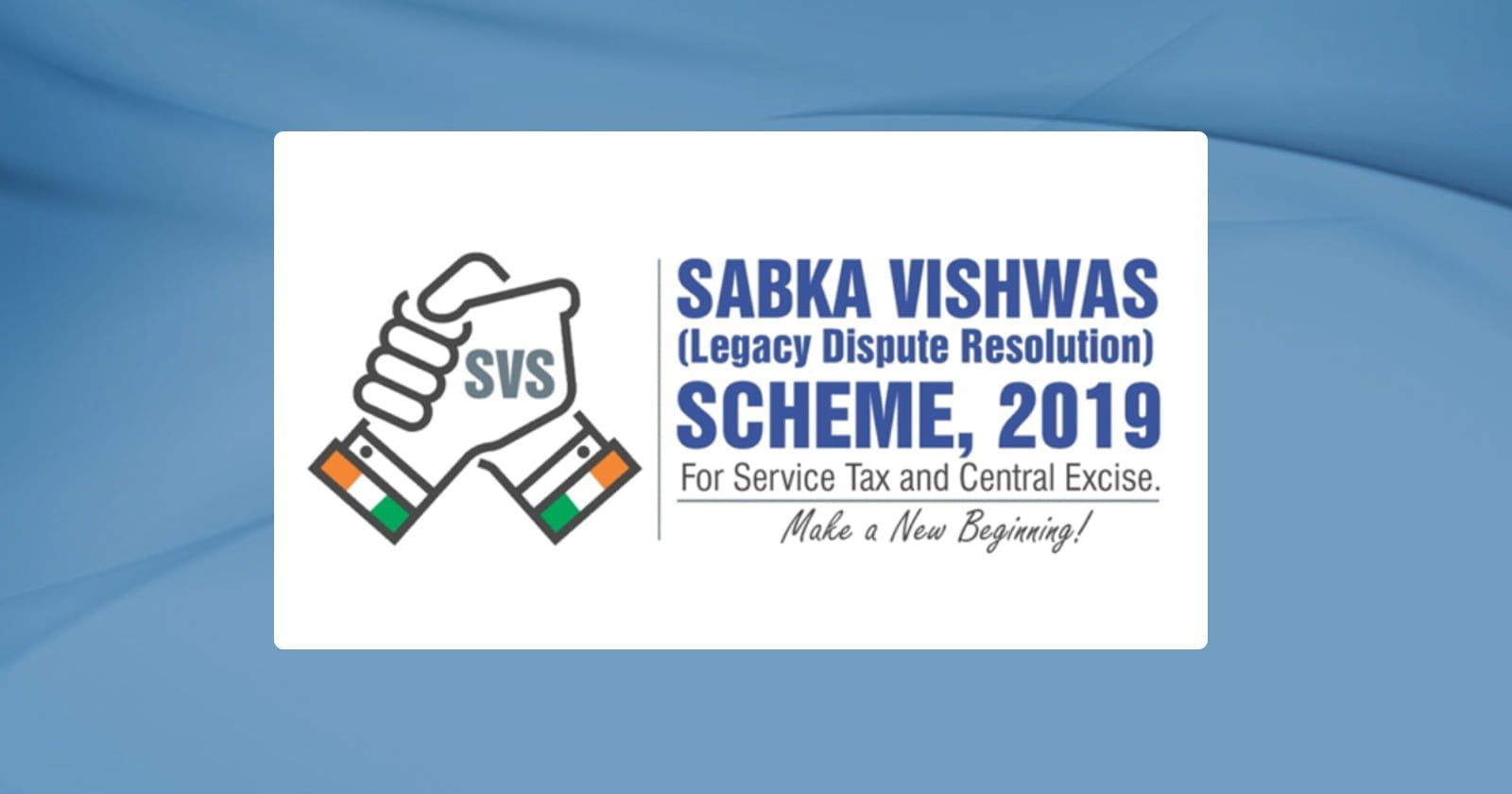Taxpayers Filing Declaration under SVLDR Scheme Cannot Quantify Duty under Indirect Taxes: Delhi HC Dismisses Writ by Ideal Broadcasting

Taxpayers Filing Declaration under SVLDR Scheme – Taxpayers Filing Declaration – SVLDR Scheme – Quantify Duty – Quantify Duty under Indirect Taxes – Indirect Taxes – Delhi High Court – Delhi HC Dismisses Writ –
Taxpayers Filing Declaration under SVLDR Scheme – Taxpayers Filing Declaration – SVLDR Scheme – Quantify Duty – Quantify Duty under Indirect Taxes – Indirect Taxes – Delhi High Court – Delhi HC Dismisses Writ –
In a recent decision the Delhi High Court has held that taxpayers filing declarations under the Sabka Vishwas (Legacy Dispute Resolution) Scheme Rules, 2019 (SVLDR Scheme) cannot quantify the duty under indirect taxes, thereby dismissing the writ petition filed by Ideal Broadcasting India Pvt Ltd.
The petitioner, Ideal Broadcasting India Pvt Ltd, received a service tax assessment for commission income from outside India and was ordered to pay a total demand of Rs. 1 crore along with interest and penalty. They had the right to file an appeal within two months, but Sabka Vishwas (Legacy Dispute Resolution) Scheme, 2019 was announced before the deadline.
The grievance of the petitioner company was that the benefit of the scheme was confined to all such cases where the appeal was pending or had been decided prior to June 30, 2019. Although the petitioner company was desirous of availing itself of the benefit under the SVLDR scheme, an appeal was filed on August 16, 2019 but the SVLDR Scheme excluded such a category of cases where no appeal was pending before the "cut-off date," although the appeal was statutorily available by the end date, i.e., June 30, 2011.
The petitioner’s complaints were resolved, and their writ petition was dismissed on December 3, 2019. The petitioner company withdrew their appeal on January 27, 2020, after submitting a form declaring their tax dues under litigation on December 30, 2019.
The petitioner argued that their case did not fall under the definition of amounts in arrears because they filed their appeal after July 1, 2019, but before the deadline for filing appeals had passed. The petitioner company has approached the court in the second round of litigation, stating that the respondents have issued Form SVLDRS-2 objecting to the classification of tax dues under litigation and seeking to classify them under the arrears category.
A Division Bench of the Delhi High Court comprising Justices Yashwant Varma and Dharesh Sharma observed that “A comprehensive and harmonious interpretation of Section 123 (a) (1) read with Section 124(1) (a) of the SVLDR Scheme leaves no scope for doubt that on withdrawal of the appeal filed post 01.07.2019 and on filing of declaration, its case was to be considered under the ―arrears category so much so that the petitioner even accepted the calculation computed by the Department and paid the payable amount as mentioned in the SVLDRS-3 without any demur or protest on the basis of which Discharge Certificate was issued on 03.07.2020.”
The Bench concluded by noting that if the amount of duty claimed by the Department has not attained finality or has not been admitted by the declarant as recoverable from it, such case would have fallen under the ―litigation category whereas in the other situation where amount of duty has attained finality on account of appeal having been not filed before the expiry of the limitation period or the appellate order having attained finality or the amount of duty having been admitted by the declarant, that would fall under the ―arrears category.
To Read the full text of the Order CLICK HERE
Support our journalism by subscribing to Taxscan premium. Follow us on Telegram for quick updates


